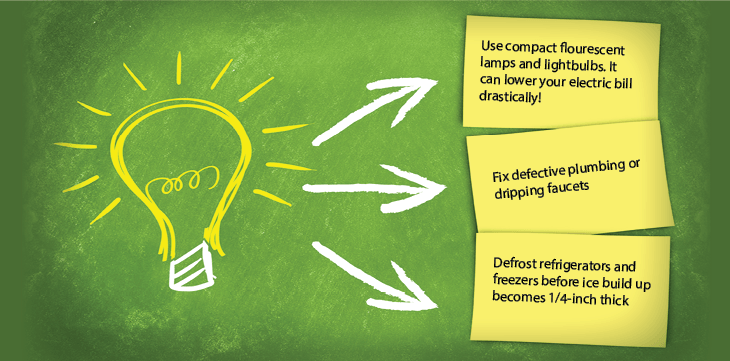Best Methods For Insulating Basement Walls – Spray Foam
A crucial step in transforming your basement into a comfortable space is controlling its temperature. Basements are already temperature-controlled—to a certain point—because the surrounding earth acts as a natural insulator. But you’ll need more basement insulation than that to keep temperatures fully in check. In this article we’ll talk about Spray Foam Insulation and why it’s considered one of the best methods for insulating basement walls.
Several insulation methods are available both for pre and post-wall-framing situations. Any of these basement insulating techniques will keep you warm or cool, depending on the season. You’ll also save on energy bills because your artificial heating or cooling needs are reduced.
Make sure your basement is dry
Before installing any interior-wall insulation, verify that your basement doesn’t have a water-entry problem. Diagnosing and fixing water-entry problems in existing basements is too big a topic to be discussed here. Suffice it to say that if your basement walls get wet in spring or every time you get a heavy rain, the walls should not be insulated until the water-entry problem is solved.
CLOSED-CELL FOAM
If you want to insulate the interior of your basement wall with spray foam, specify closed-cell spray foam, not open-cell foam. Closed-cell foam does a better job of stopping the diffusion of moisture from the damp concrete to the interior.
Frame the 2×4 wall before the spray foam is installed, with a gap of about 2 in. between the 2x4s and the concrete. If your home lacks basement-wall insulation, it’s much easier to install interior insulation than exterior insulation. Here’s how to do it correctly.
Use Foam Insulation
The best way to insulating basement walls is with foam insulation that is adhered to or sprayed directly on the concrete.
Any of the following insulation materials are acceptable for this purpose: closed-cell spray polyurethane foam or either XPS, EPS, or polyisocyanurate rigid foam. Rigid foam can be adhered to a poured-concrete or concrete-block wall with foam-compatible adhesive or with special plastic fasteners such as Hilti IDPs or Rodenhouse Plasti-Grip PMFs.
To prevent interior air from reaching the cold concrete, seal the perimeter of each piece of rigid foam with adhesive, caulk, high quality flashing tape, or canned Spray Foam.
If your basement has stone-and-mortar walls, you can’t insulate them with rigid foam. The only type of insulation that makes sense for stone-and-mortar insulating basement walls is closed-cell spray polyurethane foam.
If you plan to insulate your basement walls with Spray Foam, the best approach is to frame your 2×4 walls before the foam is sprayed, leaving a gap of 1-1/2 in. to 2 in. between the back of the studs and the concrete wall. The gap will be filled later with Spray Foam. Spray Foam Insulation is one of the top proven best methods for insulating basement walls.
Insulation Methods to Avoid in Basements
Insulation typically used above-grade (that is, on upper floors) should not be used for insulating basement walls. Fiberglass and mineral wool rolls and batts, cellulose, and denim insulation are not appropriate. These materials are permeable and can quickly wick up moisture. In trapped, moist conditions, these insulation products can develop mold and mildew.
Also, this can rot out the wood framing studs and the top and bottom plates. The back of the drywall will also pick up the moisture and develop mold. Spray Foam Insulation NYC has been trusted for more than 15 Years, insulation residential and commercial products
Insulating your basement may seem like a project best suited for another day, but truthfully, It also allows for extra living space within a home, which can be invaluable.
Be cautious about using fiberglass insulation. It’s not recommended that you apply fiberglass insulation directly to a concrete wall. If you must use fiberglass, there needs to be a space between the insulation and the wall. If not, the place where the insulation touches the concrete will be overtaken by mold and mildew after insulating basement walls.
Remember, fiberglass does NOT resist moisture, so it’s generally a no-no when insulating basement walls. You can reduce the risk of moisture issues if you first cover the concrete with a continuous layer of rigid foam or closed-cell spray foam. Then contractors may install a wall on the interior side of the foam insulation and put fiberglass batts inside the stud bays. While this is better than applying fiberglass directly to concrete, it’s even better to use closed-cell spray foam in insulating basement walls.
Consider the benefits of spray foam in your basement. Closed-cell spray foam is the best way to insulate concrete basement walls. This is because it can achieve a higher R-value, along with excellent moisture resistance, with less thickness required. It can fill in all the gaps and spaces thoroughly, giving you the best protection against moisture and air infiltration. It’s a more expensive option, but you’ll save money in energy bills, not to mention the cost of doing damage control after mold and mildew are already serious problems.
We recommend that you don’t undertake a project such as insulating areas of your home without consulting with professional contractors. There are many potential pitfalls to doing it yourself. When you call on experts, you can avoid unnecessary expenses from trying to fix mistakes, and you can feel secure that you’ll have it done right the first time.
At SprayFoamInsulationNYC, we’ll be happy to talk with you about all of your insulation needs. We are your partner in smart residential, commercial or industrial insulation. Contact us today to get started.





